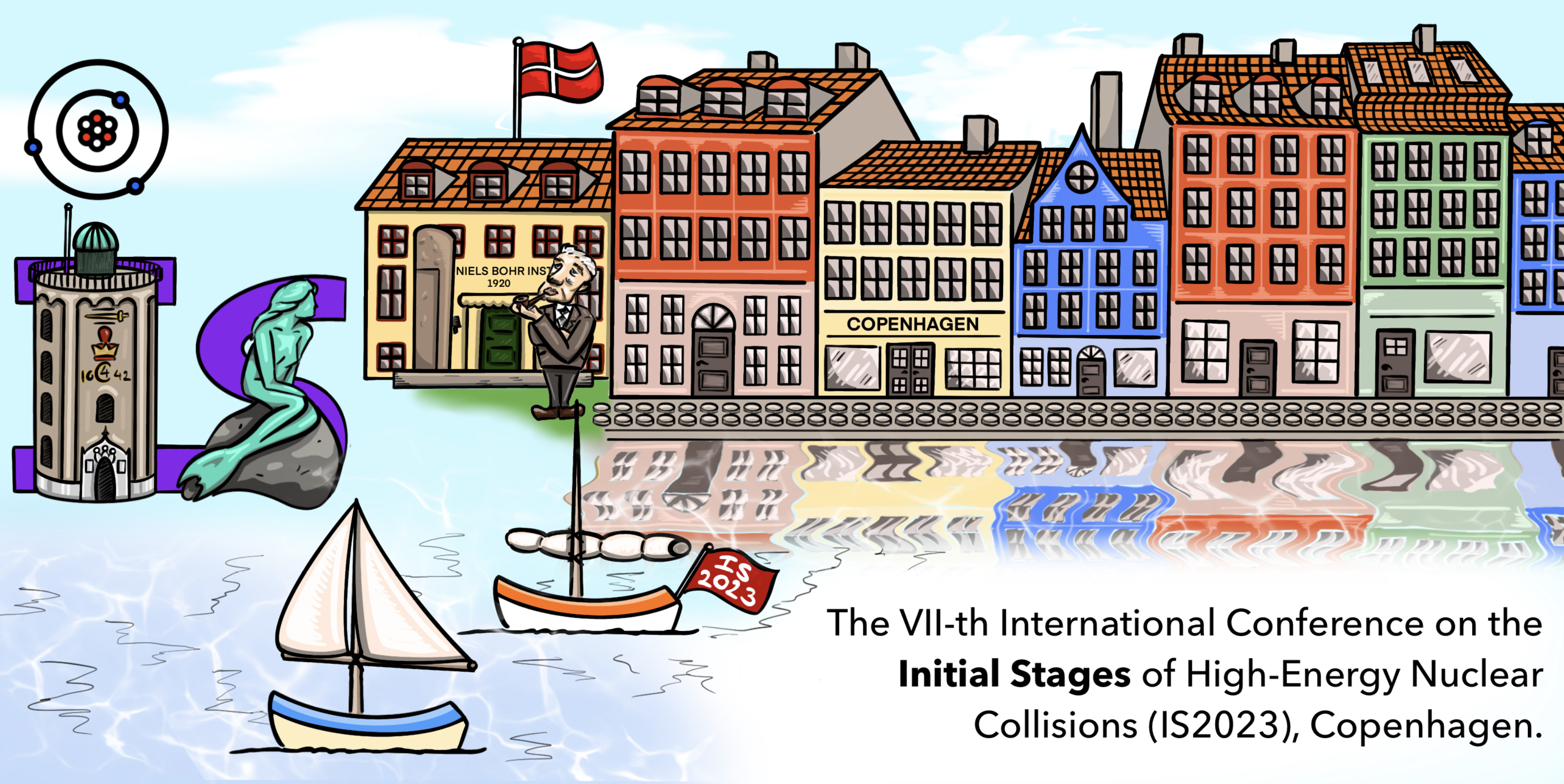Conveners
Parallel Session 7
- Alice Ohlson (Lund University (SE))
Hadronic collisions produce prompt photons which are characterized by a large transverse momentum and absence of event activity in their vicinity. Photons are a robust probe of cold nuclear matter effects in small and large collision systems because they do not interact strongly and are thus insensitive to medium-induced final-state effects. Prompt photon production is dominated by the Compton...
$J/\psi$, a charmonium bound state made of a charm and an anti-charm quark, has been discovered in the 1970s and confirmed the quark model. Because the mass of charms quarks is significantly above the QCD scale, charmonia are considered as excellent probes to test pQCD calculations. Over the past decades, they have been studied extensively at different high-energy colliders. However, their...
High-multiplicity measurements in pp and p--Pb collisions have revealed the presence of phenomena typically attributed to the creation of a quark-gluon plasma. Events with multiple parton-parton interactions (MPIs) have been proposed as one possible explanation of this observation. MPIs play a significant role in describing the soft component of the hadronic interactions, and at LHC energies...
With a unique geometry covering the forward rapidity region, the LHCb detector provides unprecedented kinematic coverage from high to very low Bjorken-$x$. The excellent momentum resolution, vertex reconstruction and particle identification allow precision measurements down to very low hadron transverse momentum. This contribution will include recent results on charged and neutral hadron...
The study of heavy-flavour particle production as a function of the event activity provides sensitivity to the interplay of hard and soft interaction processes occurring in hadronic collisions, and can shed light into the nucleon underlying partonic structure. Multiple partonic interaction, color-reconnection mechanisms, or modified heavy-quark hadronisation in high-density environments can...
Measurements of Deep Inelastic Scattering (DIS) provide a powerful tool to probe fundamental structure of protons and other nuclei. The DIS cross sections can be expressed in terms of structure functions which are conventionally constructed via parton distribution functions (PDFs) that obey the DGLAP evolution equations. However, it is also possible to formulate the DGLAP evolution directly in...
